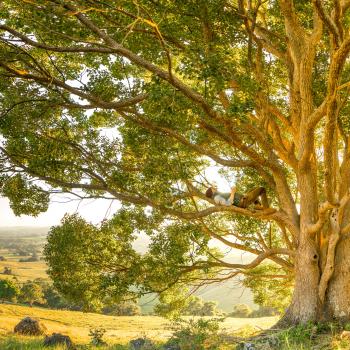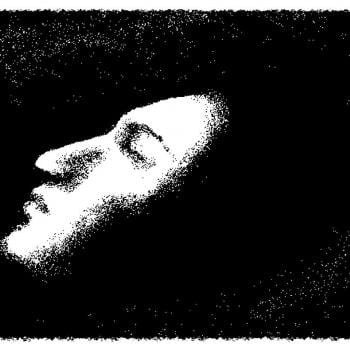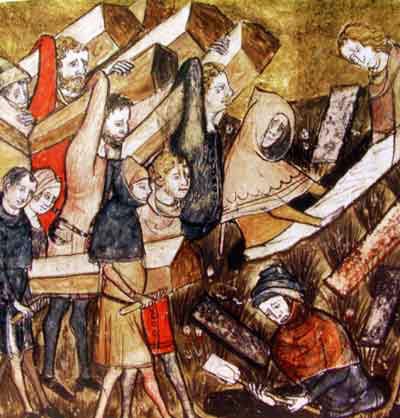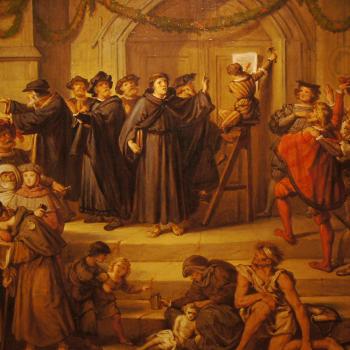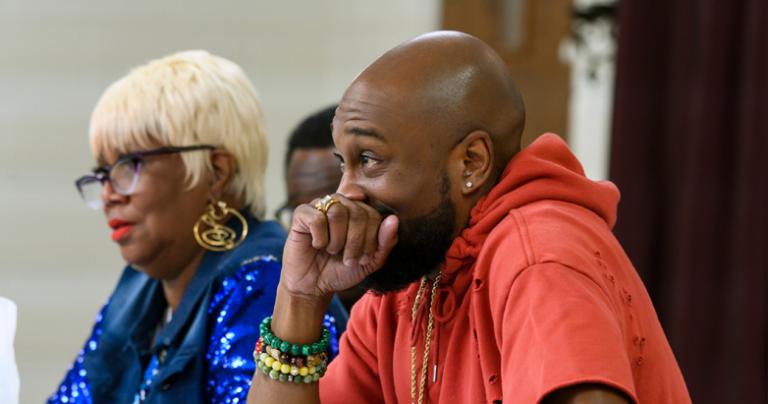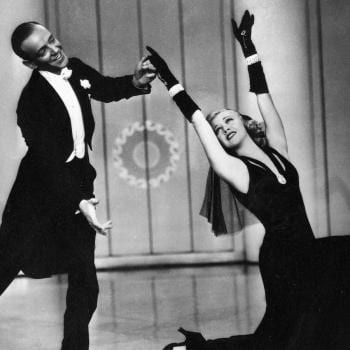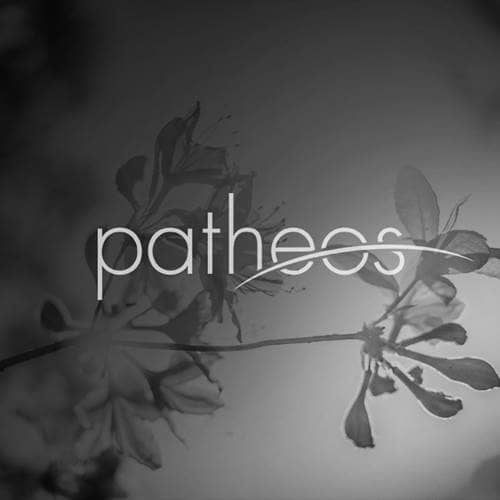- Trending:
- Pope Leo Xiv
- |
- Israel
- |
- Trump
- |
- Social Justice
- |
- Peace
- |
- Love
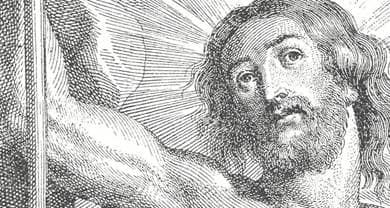
RELIGION LIBRARY
Anglican/Episcopalian
Missions and Expansion
The spread of Anglicanism began in the British Isles. The first Anglican Church that was distinct from the English Church was the Church of Ireland, established in 1560. In Reformation-era Scotland the established Church was first Presbyterian, but an episcopal polity was instituted at various points through the 16th and 17th centuries, until the Glorious Revolution made it possible for the established Scottish Church permanently to become Presbyterian. It was then, after 1690, that the Scottish Episcopal Church was formed as a dissenting, and therefore nonjuring, body in Scotland.
The first Anglican Church in America was formed in 1607 in Jamestown, Virginia, but 167 years would pass before America's first bishop would be consecrated. During the intervening years, efforts to provide bishops in the American colonies failed, and clergy in the colonies were subject to the Bishop of London. Two Anglican missionary organizations, the Society for the Promotion of Christian Knowledge (SPCK, 1698) and the Society for the Propagation of the Gospel in Foreign Parts (SPG, 1701), were particularly active in the Atlantic colonies. The founding focus of the SPCK was in large part on providing schools for the poor at home, and on dispersing Christian printed materials both at home and abroad. The SPG provided ministers for English colonists, and also sought to evangelize non-Christian peoples, including slaves, within the colonies.
After the Revolution, American clergy faced the quandary that their Oath of Allegiance to the British crown had become a treasonous state of affairs. The Protestant Episcopal Church in the United States of America (American Episcopal Church) was formed swiftly, but faced a problem of episcopacy. Samuel Seabury was elected bishop in 1783, but could not be consecrated by English bishops because the Oath of Allegiance to the crown would have been legally required. Bishops of the nonjuring Scottish Episcopal Church consecrated Seabury the next year, and provided guidance for a non-established Anglican Church. English laws were soon changed, permitting consecrations by English bishops without the oath. The American Episcopal Church became the first province in communion with the see of Canterbury outside the British Isles.
The American Church differs importantly from its English forebear. Bishops are elected by clergy and laity rather than appointed, there is a presiding bishop rather than an archbishop, and the highest governing body is the triennial General Convention. The Book of Common Prayer (BCP) was revised for the American Church in 1789, and has developed independently ever since. Although Anglo-Catholic and Evangelical divisions grew in the American Church, liturgically the divide between them became more amorphous than in England. Some English observers are surprised at what may be characterized as "High Church Evangelicalism" in some American parishes--churches that are liturgically similar to Anglo-Catholicism but are theologically Evangelical.
Worldwide Anglican missionary efforts were raised to a new level after the founding of the Society for Missions in Africa and the East, later dubbed the Church Mission Society (CMS). The CMS was founded by Evangelicals in 1799, among them several Clapham Sect activists. The Clapham Sect was a group of influential Evangelicals (such as William Wilberforce), many of whom lived near Clapham, England, who sought to extend foreign missions and to abolish the slave trade. CMS missionaries were the first Anglicans to reach numerous indigenous groups in the global south and east. During the mid-19th century, the Secretary of the CMS was Henry Venn. He espoused an "indigenous church" missionary model designed to bring new overseas churches to self-sustainability, and also played a role in the consecration of the first African bishop in the Anglican Communion, Samuel Crowther, in 1864.
The consecration of Crowther came in the midst of a flurry of consecrations for overseas churches. Colonial bishoprics began in 1787 with the Bishop of Nova Scotia, and both episcopal and archiepiscopal sees were established in the early- to mid-19th century in colonial India, Australia, and New Zealand. The model of missionary bishops, used in the American Church for westward settlers, was suggested by the Anglo-Catholic Samuel Wilberforce (son of William) and utilized by the Universities' Mission to Central Africa (UMCA, 1857). Rather than negotiating the difficulties of creating bishoprics in established missions, the mission would be created as a Church, complete with a bishop with whom the first missionaries arrived.
As Anglicanism spread throughout the colonies, diversity of belief and practice and questions of authority structures became significant issues. The case of John Colenso, Bishop of Natal (in southern Africa), was seminal. He published writings in the Liberal school of thought, and permitted the baptism of native polygamists. He was excommunicated by his archbishop in 1863 but successfully contested it on the grounds that the archbishop lacked the authority to excommunicate him. Thus was diversity of belief furthered while authority structures were left in doubt. Meanwhile, since the 1850s some had been positing the idea of a worldwide council of Anglican bishops. This impetus, along with the uncertainty raised by Colenso, led to the first Lambeth Conference in 1867, with all Anglican bishops invited. The worldwide Anglican Communion attained tangible structure.
The Anglican Communion grew to boast numerous versions of the BCP in a variety of vernacular languages. Many religious practices were indigenized at early dates and the process continued over time as local customs (such as folk tunes, dances, and traditional invocations) were Christianized as necessary and added to the BCP liturgies. Varying models of Church governance developed as political and social circumstances dictated, within the context of the historic episcopate. There is a great variety of churchmanship across the Communion, from Liberal to Anglo-Catholic to Evangelical, often corresponding to the churchmanship of the missionary organization that evangelized in a given locale.
Study Questions:
1. Describe the first Anglican church in the British Isles and in America.
2. How does the American Church differ from the English Anglican Church?
3. What was the Clapham Sect? What was its goal?
4. Was there an underlying structure to early Anglican mission work? Explain.


